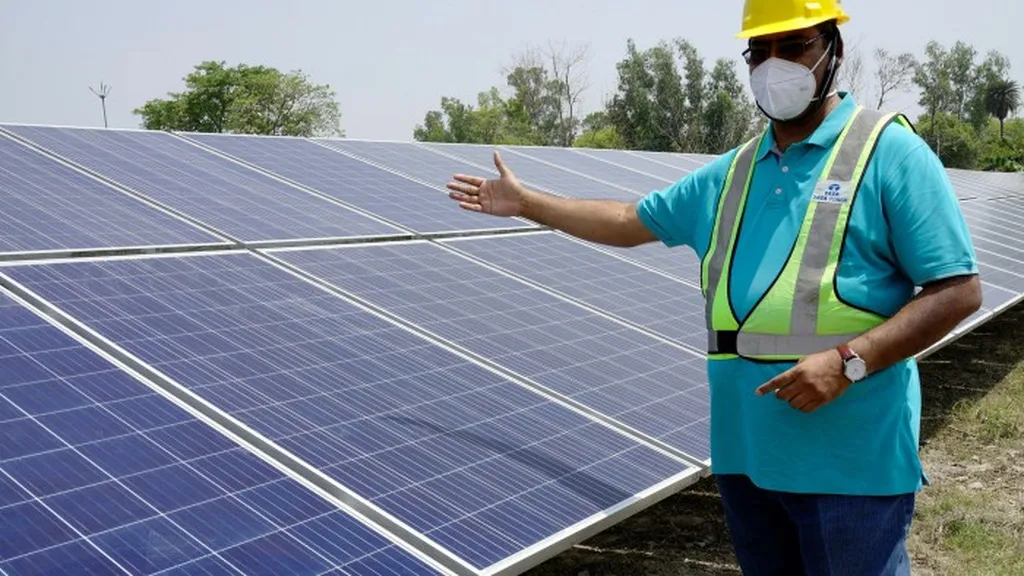In the heart of India, researchers are harnessing the power of drones and machine learning to revolutionize crop health assessment, a development that could have significant implications for the energy sector’s reliance on agricultural biomass. Ayyappa Reddy Allu, a researcher from the Department of Civil Engineering at the National Institute of Technology in Warangal, has led a study that promises to bring precision agriculture to new heights, quite literally.
Traditional methods of crop health assessment often fall short, offering broad-scale monitoring with insufficient precision. Satellite-based remote sensing, while useful, can miss the nuances of plant-level health, especially when it comes to nutrient diagnosis during different growth stages. Allu’s team addressed these gaps by employing high-resolution imagery from Unmanned Aerial Vehicles (UAVs) to monitor paddy crops across multiple temporal stages.
The team developed a novel methodology to assess crop health by predicting Above-Ground Biomass (AGB) and essential macro-nutrients (Nitrogen, Phosphorus, and Potassium) using vegetation indices derived from UAV imagery. “We used four machine learning models to predict these parameters based on field observed data,” Allu explained. “Random Forest and XGBoost models outperformed others, achieving high regression scores and low prediction errors.”
The results were impressive. The models achieved regression scores above 0.92 for AGB and above 0.96 for Nitrogen, with prediction errors as low as 0.007% for Phosphorus. These models were then used to develop decision-making rules based on threshold values of AGB and specific nutrient levels, leading to the creation of spatial health maps that visualize intra-field variability.
The implications for precision agriculture are profound. “These spatial health maps allow for site-specific interventions, supporting timely nutrient management and enhancing sustainable crop production practices,” Allu noted. This level of precision could lead to optimized yield, reduced losses, and more efficient use of resources, all of which are crucial for the energy sector’s growing interest in agricultural biomass as a renewable energy source.
The study, published in the journal ‘Agronomy’ (which translates to ‘Field Management’ in English), represents a significant step forward in the field of agritech. By combining UAV technology with advanced machine learning techniques, Allu and his team have opened new avenues for plant-level monitoring, paving the way for more sustainable and efficient agricultural practices.
As the energy sector continues to explore biomass as a viable renewable energy source, the ability to monitor and manage crop health with such precision could prove invaluable. This research not only shapes the future of agriculture but also holds the potential to influence the broader energy landscape, making it a compelling development for professionals in both fields.

